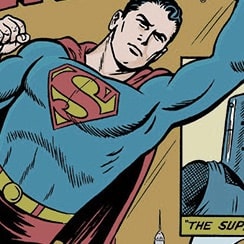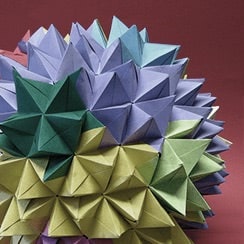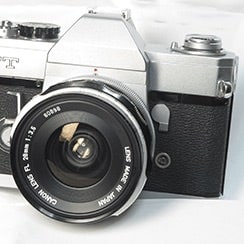Try GOLD - Free
Hindustan Times Bengaluru - February 13, 2025

Go Unlimited with Magzter GOLD
Read Hindustan Times Bengaluru along with 10,000+ other magazines & newspapers with just one subscription
View CatalogSubscribe only to Hindustan Times Bengaluru
Cancel Anytime.
(No Commitments) ⓘIf you are not happy with the subscription, you can email us at help@magzter.com within 7 days of subscription start date for a full refund. No questions asked - Promise! (Note: Not applicable for single issue purchases)
Digital Subscription
Instant Access ⓘSubscribe now to instantly start reading on the Magzter website, iOS, Android, and Amazon apps.
Verified Secure
payment ⓘMagzter is a verified Stripe merchant.
In this issue
February 13, 2025
Hindustan Times Bengaluru Description:
Hindustan Times Bengaluru delivers the latest news updates, insightful analysis, and expert opinions on politics, business, technology, sports, and entertainment. Covering Bengaluru’s local developments, government policies, civic issues, and cultural events, Hindustan Times Bengaluru keeps you updated on everything that matters. With in-depth reporting and credible journalism, Hindustan Times Bengaluru ensures you stay ahead in an ever-changing world.
Subscribe Hindustan Times Bengaluru today!
Recent issues

October 27, 2025

October 26, 2025

October 25, 2025

October 24, 2025

October 23, 2025

October 22, 2025

October 20, 2025

October 19, 2025

October 18, 2025

October 17, 2025

October 16, 2025

October 15, 2025

October 14, 2025

October 13, 2025

October 12, 2025

October 11, 2025

October 10, 2025

October 09, 2025

October 08, 2025

October 07, 2025

October 06, 2025

October 05, 2025

October 04, 2025

October 03, 2025

October 02, 2025

October 01, 2025

September 30, 2025

September 29, 2025

September 28, 2025

September 27, 2025
Related Titles

Business Standard

Hindustan Times

Mint Mumbai

The Morning Standard

The Free Press Journal

Financial Express Delhi

The New Indian Express

The Statesman

Millennium Post Delhi

Hindustan Times Mumbai

The Business Guardian

Hindustan Times Pune

Hindustan Times Chandigarh

Hindustan Times Gurugram

Hindustan Times Lucknow

Hindustan Times Patna

Hindustan Times Noida

Hindustan Times Jaipur

Hindustan Times Ranchi

Hindustan Times Navi Mumbai

Hindustan Times East UP

Hindustan Times Ludhiana

Hindustan Times Uttarakhand

Hindustan Times West UP

Hindustan Times Rajasthan

Hindustan Times Punjab

Hindustan Times Haryana

Hindustan Times Amritsar

Hindustan Times Thane

Hindustan Times Jammu























